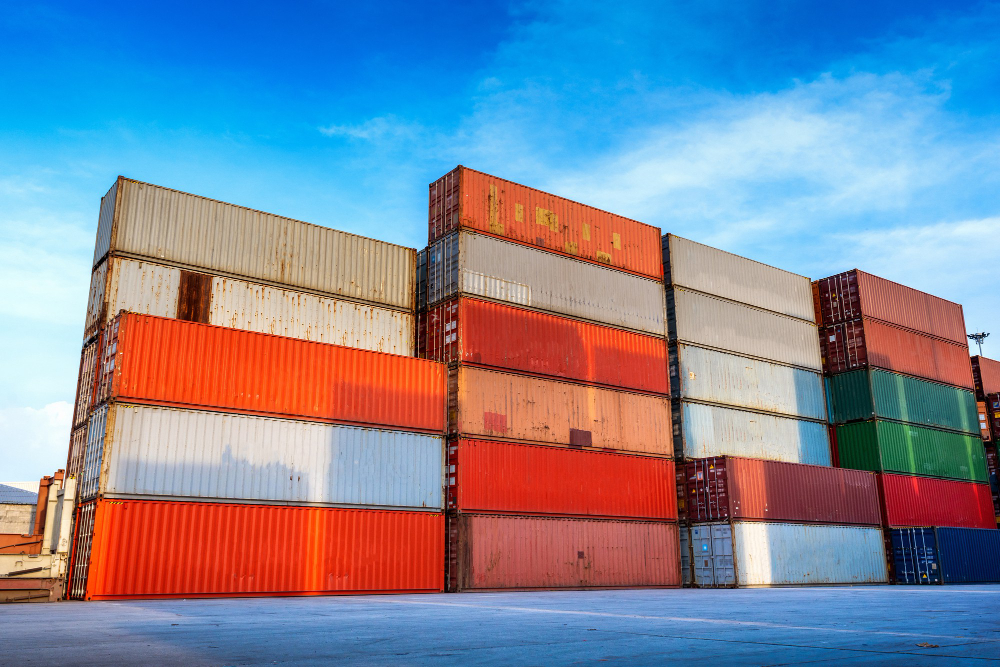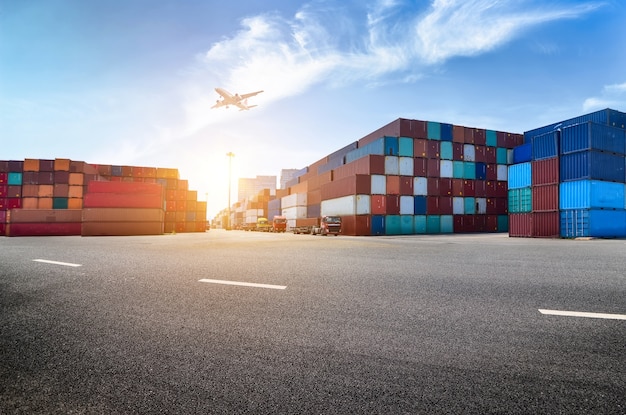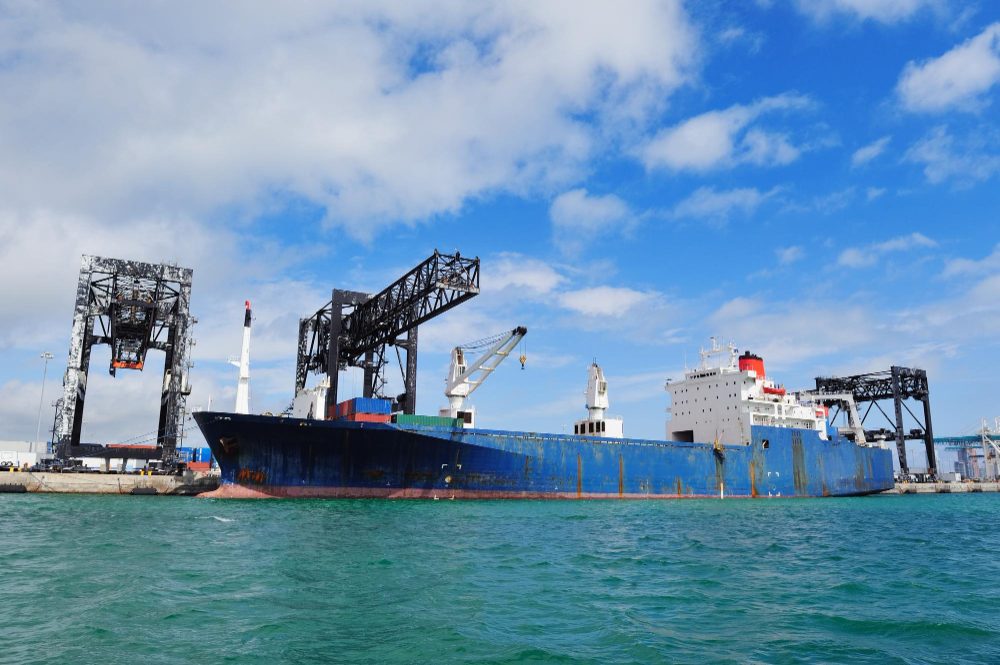Be your Logistics Department in China
Customized logistics solutions, your logistics expert in China
Customized logistics solutions, Shipping from China to the World
Tel:+8613424475220 Email:info@viputrans.com 
Importing goods from China to the UK can indeed be a cost-effective way to access high-quality products. However, it's important to understand the process involved in order to ensure a smooth and successful import. This guide will cover key aspects such as customs duties, import regulations, and shipping logistics to help you navigate the importing process with confidence. By familiarizing yourself with these important considerations, you can make informed decisions and optimize your importing experience.
China is known for its diverse range of products and competitive prices, making it an attractive option for many UK businesses. With reliable suppliers and a large variety of goods, businesses can benefit from the opportunities that China has to offer. It's important to carefully consider factors such as quality control and logistical considerations when sourcing products from China, but the potential for cost savings and access to a wide range of products is definitely a draw for many businesses.
Find a Supplier: Use platforms like Alibaba or Global Sources.
When looking for a supplier, it's important to utilize platforms like Alibaba or Global Sources. These websites provide a wide range of suppliers from different industries and regions, making it easier to find the right fit for your business needs. By using these platforms, you can access a large pool of potential suppliers and compare their offerings, prices, and terms to make an informed decision. This can help you find a reliable and reputable supplier that meets your specific requirements.
Negotiate Terms: Discuss prices, quantities, and shipping terms.
Certainly! Let's start by discussing the prices for the quantities you are interested in. Once we have agreed on the pricing, we can then discuss shipping terms and ensure everything is aligned to meet your needs. I want to make sure we come to terms that work for both parties. Can you provide me with the quantities you are looking to purchase so we can start the negotiation process?
Place an Order: Confirm the order with a purchase agreement.
Certainly! To confirm your order, we will need to create a purchase agreement. This document will outline the details of the order, including the products or services being purchased, the quantity, price, delivery terms, and any other relevant terms and conditions. Once the purchase agreement is signed by both parties, the order will be officially confirmed. We can proceed with creating the purchase agreement once all the details are finalized. Thank you for your order!
Arrange Shipping: Choose between air freight and sea freight.
When arranging shipping, you have the option to choose between air freight and sea freight. Air freight is typically faster and more suitable for smaller, time-sensitive shipments. It is also a good choice for products with a high value-to-weight ratio. Sea freight, on the other hand, is generally more cost-effective and suitable for larger, bulkier shipments. It may take longer than air freight, but it is a reliable option for transporting goods over long distances. Consider the size, weight, and urgency of your shipment when deciding between air and sea freight to determine the best option for your needs.

Commercial Invoice: Details of the goods and transaction.
Bill of Lading: Proof of shipment.
Packing List: Contents of the shipment.
Certificate of Origin: Where the goods are made.
You must pay customs duties and VAT when importing. Check the UK government website for specific rates.
When importing goods, it's important to be aware that you may need to pay customs duties and VAT. These charges can vary depending on the specific products and their value. To find out the specific rates for your imports, I recommend checking the UK government website for further information. This will help ensure that you are prepared for any potential costs associated with importing goods into the UK.
| Type of Goods | Customs Duty Rate | VAT Rate |
|---|---|---|
| Electronics | 0% - 14% | 20% |
| Clothing | 12% | 20% |
| Toys | 0% - 4.7% | 20% |

There are two main shipping methods: air freight and sea freight. Choose based on your budget and time constraints.
Air freight is generally faster and more expensive, making it a good option for time-sensitive shipments. Sea freight, on the other hand, is slower but more cost-effective, making it a better choice for larger, less urgent shipments. When deciding between the two, consider your budget and time constraints to determine which method best suits your needs.
| Transport Method | Advantages | Disadvantages | Transit Time | Cost |
|---|---|---|---|---|
| Railway Transport | - Relatively fast compared to sea freight | - Limited to locations connected by rail | 15 - 20 days | Moderate |
| - More eco-friendly than air and road transport | - Requires multiple transfers (rail to road) | |||
| - Suitable for large, heavy shipments | - Possible delays due to rail network issues | |||
| Road Freight | - Door-to-door service | - Slower than air freight | 10 - 15 days (via Europe) | Moderate |
| - Flexible routes and schedules | - Affected by road conditions and traffic | |||
| - Good for short to medium distances | - Limited capacity for very large shipments | |||
| Air Freight | - Fastest method available | - Most expensive option | 5 - 10 days | High |
| - Suitable for high-value, time-sensitive goods | - Limited by weight and volume restrictions | |||
| - Reliable and frequent flights | - Higher carbon footprint | |||
| Sea Freight | - Most cost-effective for large volumes | - Longest transit time | 25 - 40 days | Low |
| - Can handle very large and heavy shipments | - Requires port-to-door delivery arrangements | |||
| - Lower carbon footprint per ton of cargo | - Possible delays due to weather or port congestion |

Compare the total costs, including shipping, duties, and taxes, before deciding on a method.
When making a decision on which method to choose for shipping items, it's important to compare the total costs, including shipping, duties, and taxes. By doing so, you can ensure that you are making an informed decision and selecting the most cost-effective option for your needs. Taking into account all of these factors will give you a clear picture of the overall expenses and help you make the best choice for your shipping needs.
Language Barrier: Use translation tools or hire a translator.
Quality Control: Request samples or use third-party inspection services.
Delays: Plan for potential delays in shipping and customs.
Importing from China to the UK can be profitable with the right preparation. Follow the steps outlined, choose the best shipping method, and manage costs effectively.
Importing from China to the UK can indeed be profitable if approached with the right preparation. It's important to carefully follow the necessary steps, choose the best shipping method for your goods, and effectively manage costs throughout the process. By doing so, you can maximize the potential benefits of importing from China and ensure a successful and profitable venture.
Copyright © 2003-2025 VIPU Supply Chain Logistics Co., Ltd. | All Rights Reserved
LOGISTICS | E-COMMERCIAL FULFILLMENT | ABOUT US | CASE | NEWS | VIDEO | CONTACT US
We will find the fastest or the cheapest way for your shipment. Please specify: where from, where to, what to ship.